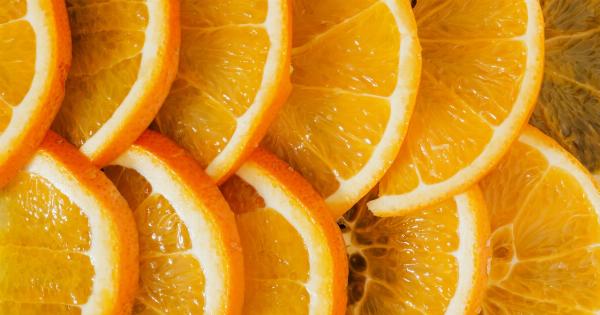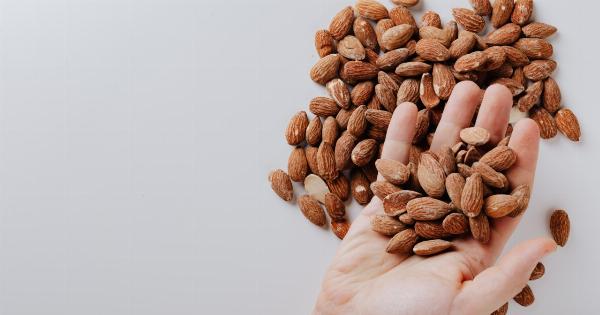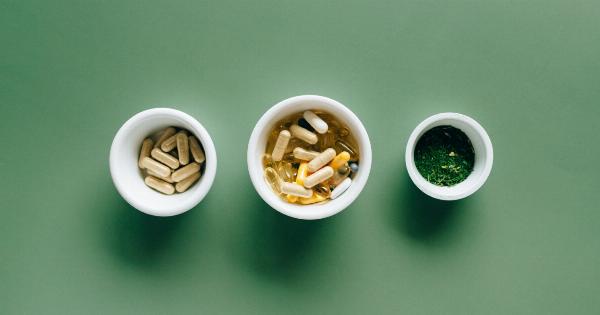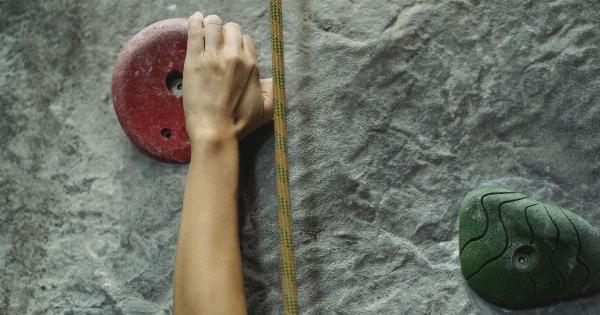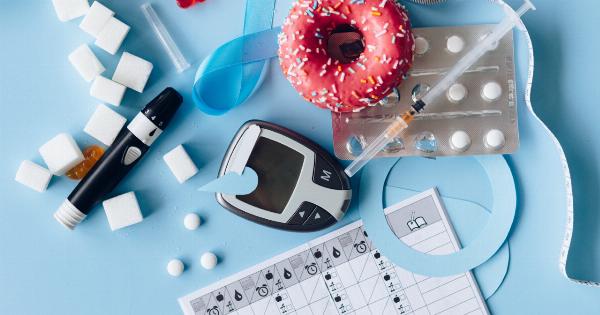The biliary bladder, also known as the gallbladder, plays a crucial role in digestion. It is a small pear-shaped organ located just beneath the liver and connected to the liver and the small intestine through a network of ducts.
The primary function of the gallbladder is to store and release bile, a substance that helps with the digestion and absorption of dietary fats.
Bile Production and Composition
Bile is produced in the liver and is a yellow-green fluid composed of bile salts, cholesterol, bilirubin, and water.
The bile salts are responsible for emulsifying the fats in the small intestine, which means that they break down the large fat globules into smaller droplets that are easier for the enzymes to digest.
The liver continuously produces bile, but it is stored in the gallbladder between meals.
When food enters the small intestine, a hormone called cholecystokinin is released from the intestinal lining, which causes the gallbladder to contract and release the stored bile into the small intestine.
Bile and Fat Digestion
When dietary fats enter the small intestine, they are coated with bile salts, which break them down into smaller droplets.
This increases the surface area of the fats, allowing the enzymes called lipases to break the fats down into their component parts – fatty acids and glycerol – that can be absorbed by the intestines and transported into the bloodstream.
Bile also plays a crucial role in absorbing fat-soluble vitamins and minerals. These vitamins, including vitamins A, D, E, and K, are necessary for the proper functioning of the body and are found in fatty meats, fish, and dairy products.
Without bile, the body would not be able to absorb these nutrients efficiently.
Gallstones and Biliary Colic
When the bile in the gallbladder becomes too concentrated, it can form hard, pebble-like deposits called gallstones. Gallstones can cause pain and nausea and can sometimes block the bile ducts, leading to inflammation and infection.
Biliary colic is a term used to describe the pain caused by a gallstone lodged in the bile duct. The pain is usually felt in the upper right or center of the abdomen and can be severe, lasting from a few minutes to several hours.
Gallbladder Removal
In some cases, the gallbladder may need to be removed surgically. This is usually done to treat gallstones or inflammation of the gallbladder.
The surgery is called a cholecystectomy and is typically done laparoscopically, which means that several small incisions are made in the abdomen to allow for the insertion of surgical instruments and a camera.
After the gallbladder is removed, bile can no longer be stored between meals. Instead, it is continuously released into the small intestine, which can cause some digestive problems, such as diarrhea and indigestion.
However, most people are able to adjust to the new digestive process and are able to eat a normal diet.
Conclusion
The biliary bladder plays a crucial role in digestion by storing and releasing bile, a substance that helps digest dietary fats, absorb fat-soluble vitamins and minerals, and break down large fat globules into smaller droplets.
Gallstones and biliary colic can cause significant pain and may require surgical intervention, which can result in digestive issues after the gallbladder is removed.



